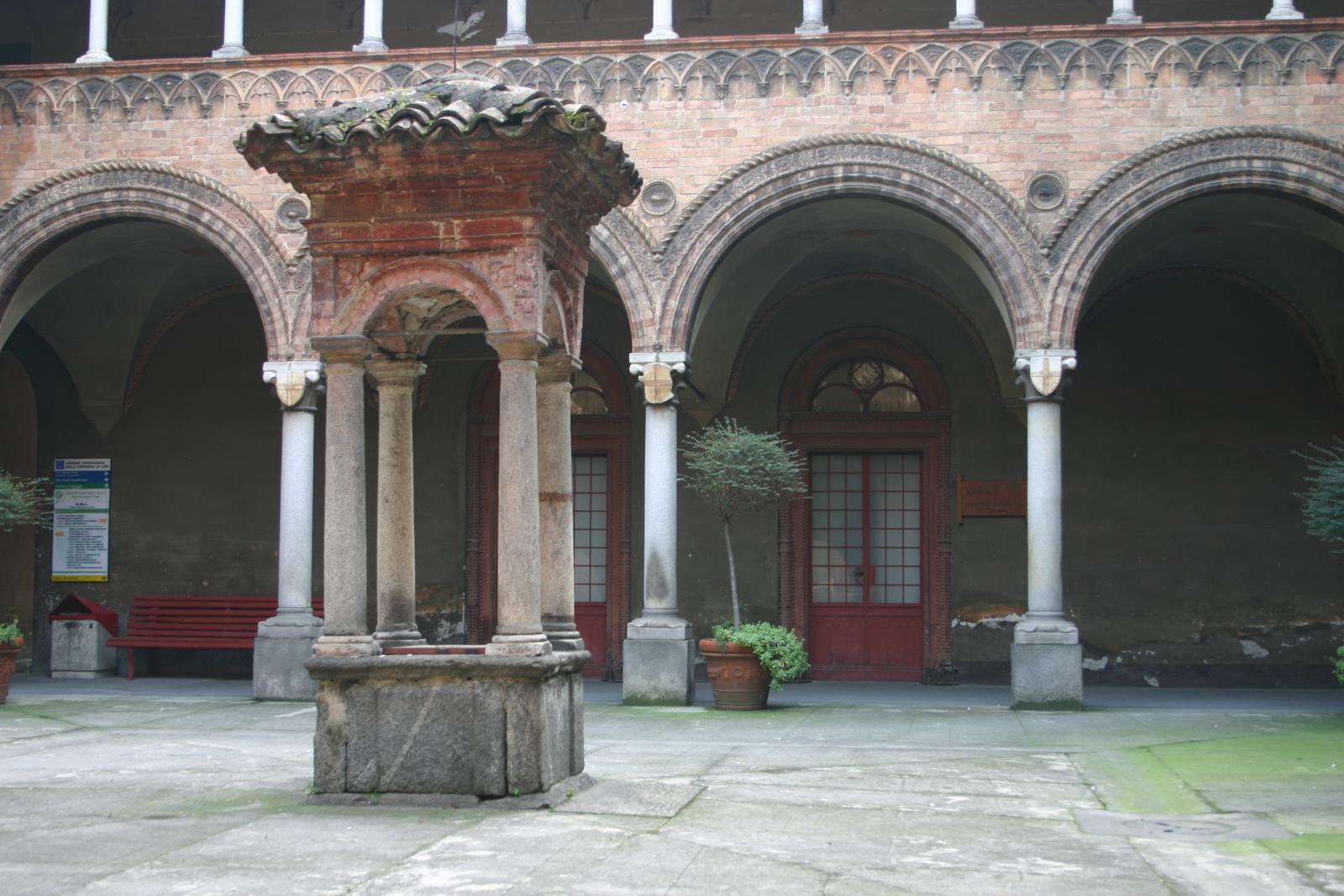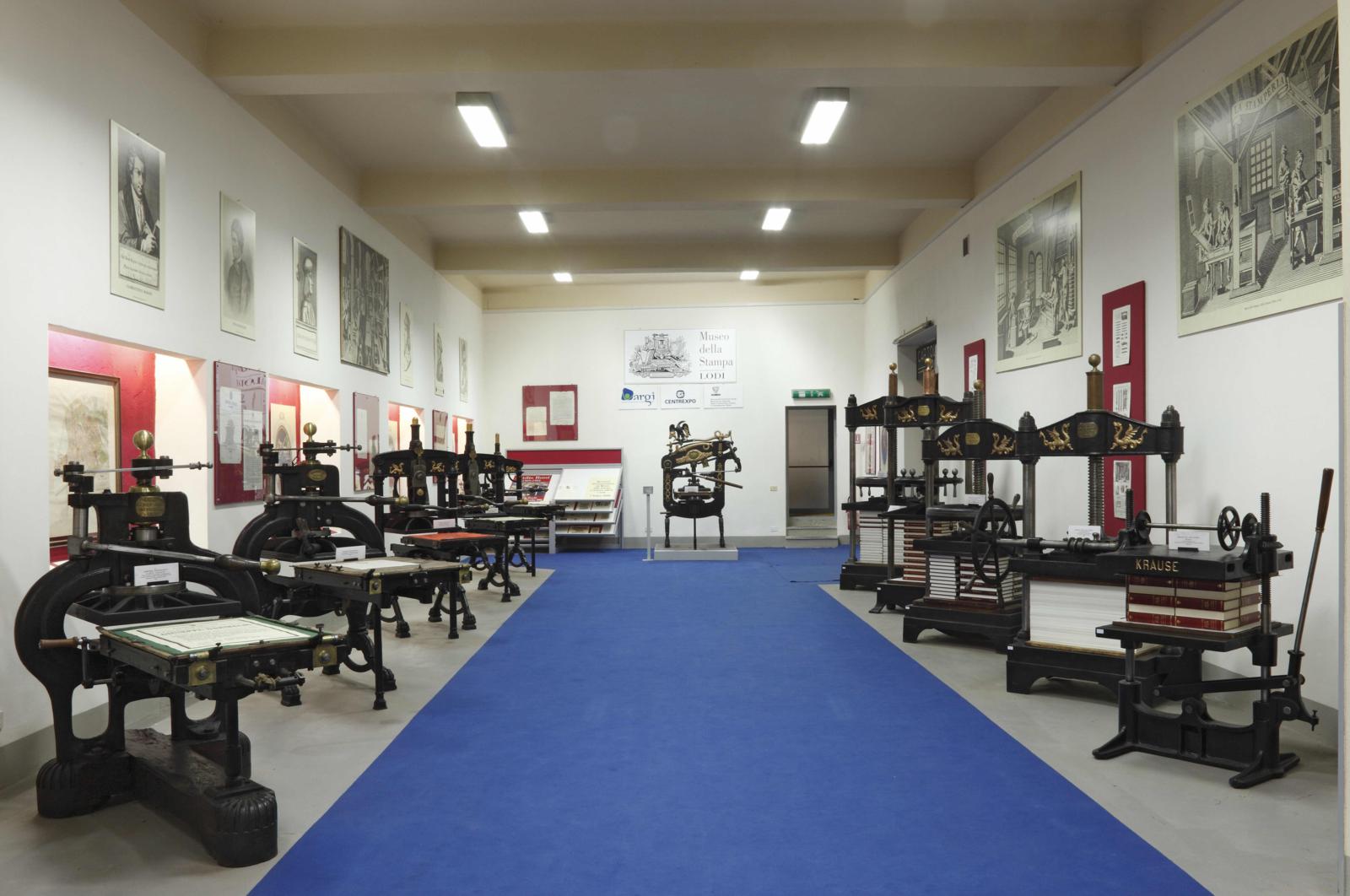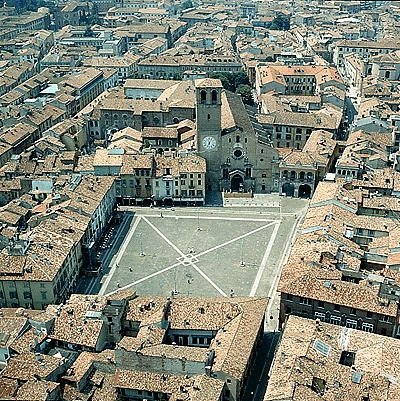Musei Naturalistici Scientifici
Back“PAOLO GORINI” ANATOMICAL COLLECTION, LODI
The display cases of the Chapter House of the Old Lodi Hospital house anatomical preparations made by mathematician and geologist, Paolo Gorini between 1843 and 1881.
During his life, Gorini dedicated himself to experimenting with solutions able to mineralize organic substances for the purpose of observing the human body and demonstrating its anatomy and the pathologies that afflict it.
SAN FRANCESCO COLLEGE NATURAL SCIENCES MUSEUM, LODI
The museum offers visitors a collection of specimens that provide a pleasant way to get to know more about nature. On display are samples of minerals and crystals, plant fossils, rocks bearing the perfect imprint of ancient fish and shells, numerous specimens of marine fauna, rare or common birds, domestic and wild animals from our woods and the great forests.
“PAOLA AND GIUSEPPE BESCAPÉ” PHOTOGRAPHY MUSEUM, CAVENAGO D’ADDA
The Photography Museum traces the history of photography, an art which in the short space of a century, has been transformed from a difficult, experimental activity to a sophisticated expression of our technological world. The collection comprises numerous photographs, pieces of photographic equipment and the works of Lodi photographers between the 19th and 20th centuries.
“VIRGINIO CACCIA” PALEONTOLOGICAL AND ARCHAEOLOGICAL MUSEUM, SAN COLOMBANO AL LAMBRO
The Museum houses fossils and archaeological finds that continue to be an exceptional aid to knowledge about the origins and history of San Colombano Hill and its ancient sea. Over time, the numerous finds collected here have enriched the Museum’s collection, currently preserved in the historic Palazzo Patigno. The collection is divided into two sections; in the paleontological section visitors can see small mollusc shells, marine invertebrates, Homo Sapiens remains, the skull of a steppe rhinoceros and much more, including the remains of an elephant. In the archaeological section are finds that cover a very wide time span from the copper age to the Roman, medieval and post-medieval eras, but the most interesting exhibit is the partial reconstruction of a Roman era burial chamber. The exhibits on display provide a fascinating reading of the evolution and vicissitudes of the hillside, which have alternated from the dawn of time to the present day.
 Italiano
Italiano English
English


